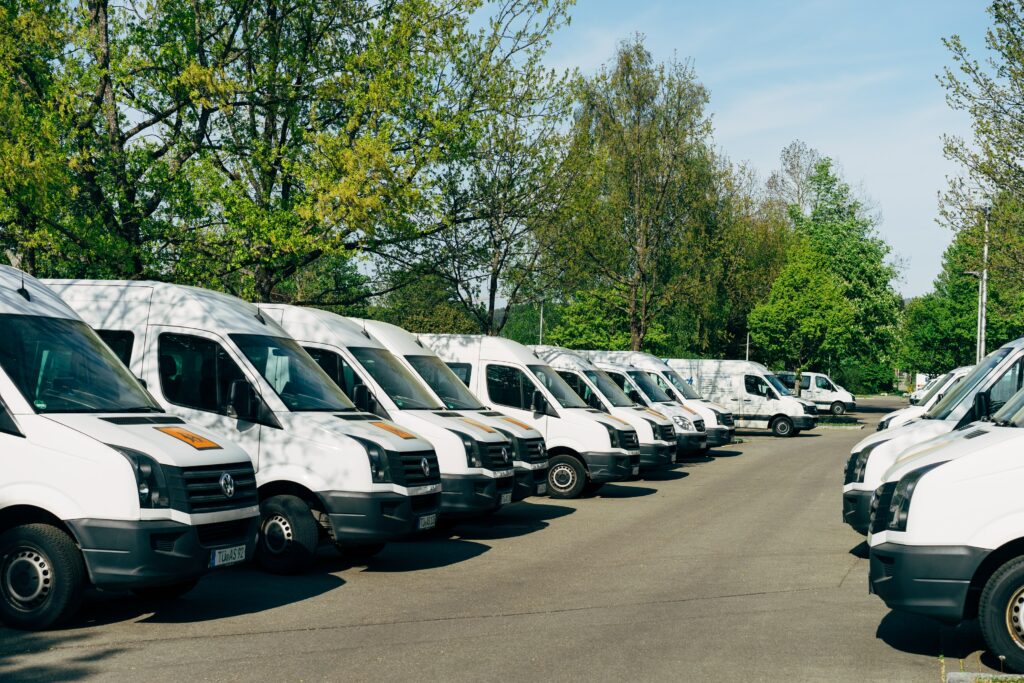
The pandemic has had a ground-shaking impact on business globally, and whilst most of this impact has been negative, some positive changes have come about too. For example, demand for home-delivery has never been higher, which has helped to keep many business afloat. Some businesses have even managed to grow as consumer habits have changed, with more and more people adopting the convenience of e-commerce.
However, this surge in demand for home-delivery has raised some legal issues too. If your business runs a home-delivery service, keep these things in mind to ensure you’re complying with the law:
Vehicle Insurance
It doesn’t matter if your delivery drivers are making their rounds in a car, a van, or a lorry – all vehicles need to be insured. Not only does this cover your driver’s back, it also covers the back of your business too. Trying to get away with the incorrect insurance or no insurance at all can land you in a heap of trouble and may even land you in prison. Your company may be shut down if the offence is serious and wide-spread enough, and the scandal could damage your reputation irreparably. Therefore, it’s a good idea to use one sure insurance, or a similar insurance provider, to ensure you’re fully covered.
Driver Wellbeing
There are strict limits on how long your delivery drivers can drive for in any 24 hour period. They must be able to rest, and their route must give them access to toilets, showering facilities and food stores. It’s also a good idea to offer mental health counselling, as many delivery drivers struggle with loneliness, isolation, and depression. Obesity is another common health issue amongst delivery drivers as they can be sat for extended periods of time, so you need to factor in time to allow them to engage in physical activity. All of these things help your drivers to concentrate on the road, helping to avoid accidents. If your business is found to be encouraging poor working practices, you may be found legally responsible in the event of a crash.
Parking
Trying to park a delivery vehicle can be tricky, especially on narrow roads. No matter how hard it is, however, delivery drivers must not park in restricted areas. This is not only to abide by the law, but to keep your drivers safe too. Safety is priority, which is often why restrictions exist in the first place. Road markings need to be followed, and signs need to be taken notice of too. Blocking a footpath completely is also illegal as it contravenes accessibility laws, forcing vulnerable pedestrians to go in the road. Blocking driveways and fire escapes should also be avoided, whilst a delivery vehicle should never be left to block emergency services.
Low Emission Zones
Many cities now have clean air zones where highly polluting vehicles will get fined for driving within their radius. The idea is to reduce noise and air pollution in city centres, which have historically suffered from dangerously high levels of harmful pollution. Only vehicles under a certain age can drive within low emission zones, or electric/hybrid vehicles. This is why many business are updating their fleet with more modern vehicles to avoid having to pay fines. Fines may also be issued for letting an engine idle within the low emission zone, so your drivers need to be aware that they cannot simply let the engine keep running when they’re out of their vehicle, even if they’re only out of their vehicle for a minute or two.
Vehicle Maintenance
Before every shift, drivers should check the condition of their vehicle. This ensures compliance with health and safety laws, and ticks risk assessment boxes. Any defects need to be reported, and the affected vehicle should not be operated until the issue is fixed. Systems must be kept up to date, and all drivers should be aware of what to look for when completing walk-around checks. The only time it is acceptable not to complete a walk-around check is when it could endanger the driver – such as in cases where a driver hands over their vehicle to a new driver on the side of a busy road. In these cases, the driver who has just come onto shift should perform checks as soon as it is safe to do so. Failure to complete checks may implicate liability in the event of an accident.
As you can see, there are many things to consider when operating a fleet of delivery vehicles safely. With the proper systems in place, however, many of these points should be relatively easy and straight-forward to follow.


